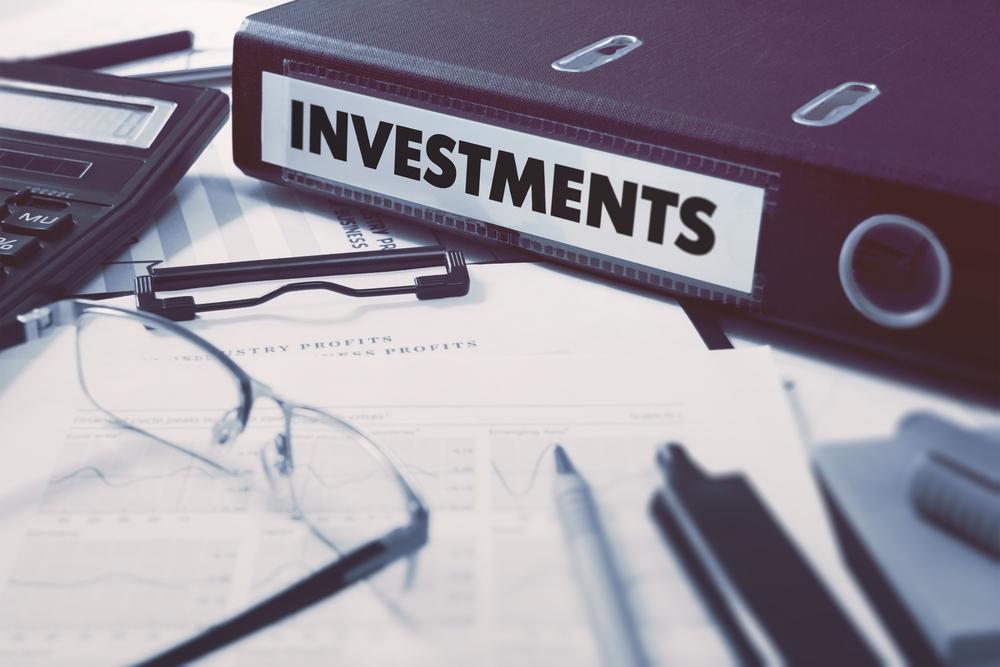A dividend is a return on your investment paid out at intervals throughout the year, typically on a quarterly cycle, by the company in which you purchased shares.
Established, financially secure companies are more likely to issue dividends, an indication that funds are plentiful and that the company is able to both reinvest in its operations and reward shareholders.
Many investors put their money into dividend-paying stocks because they offer a significantly better return than bonds, and they are typically not high-risk investments.
The conventional approach to living in retirement involves using the interest from investments in bonds and selling shares as needed. However, if you invest in a diversified mutual fund that offers dividend payments, you can cover all your expenses without eating into your principal.
Provided you plan ahead, investing in dividend-paying stocks can help you maintain your lifestyle after retirement.
How do you invest in dividend stocks?
If you start investing early, you can build equity in a company you believe to be a reliable source of passive income by reinvesting your dividend payments, thereby increasing successive payments.
Historically, dividend stocks tend to grow faster than the rate of inflation, so your investment shouldn’t take a hit as time goes on.
For most of us, it makes sense to avoid investments in individual dividend stocks and buy an exchange-traded fund or mutual fund that combines several stocks, thereby automatically diversifying your portfolio.
For investors who are closer to retirement, dividend stocks are still a viable option. But because your investment will have less time to grow, it may be worth choosing higher-yield stocks that pay dividends. However, selecting these stocks warrants extra care and more research.
A dividend yield above 4 percent can be an indication of dangerous fluctuations in price and may not be sustainable over the long term.
Do your homework first
While dividend-paying stocks can be valuable to any investment portfolio, it’s important to remember that like all stocks, they are vulnerable to market changes and will always be a riskier undertaking than bonds, which, though they offer a low return, are much more stable.
For older investors who are still building their portfolios, high-yield dividend stocks are attractive but risky. They can still be a smart investment, but they will require you to put in some time studying the companies in question.
By looking through their financial histories and learning about the people in management, you can get a sense of whether the higher yield is a result of a falling stock price and whether or not the great dividend payout is sustainable.
Sometimes, a company in distress may issue higher-yield dividends, even at the expense of operating costs, in order to attract new investors.
The bottom line
To sum it up, the best way to balance risk and return is to try to spread your investments around among bonds, mutual funds, and exchange-traded funds as well as dividend-paying stocks.









